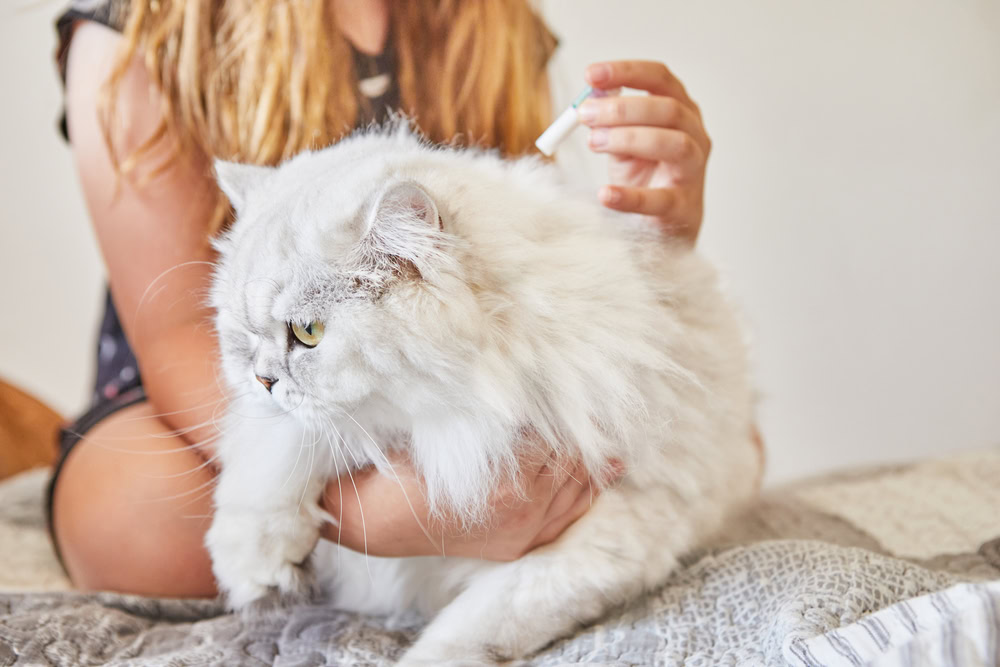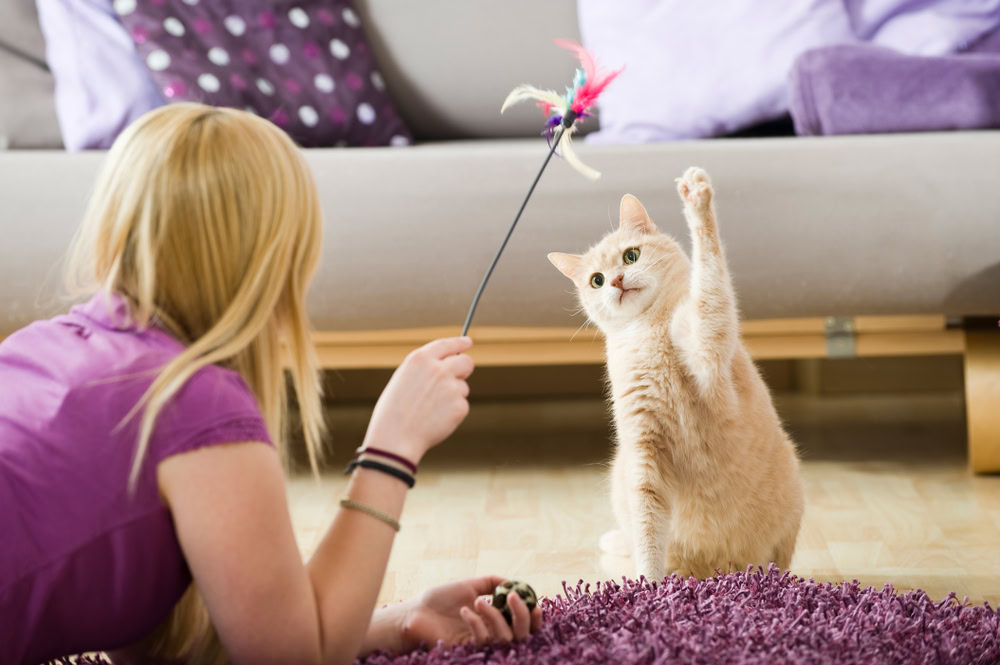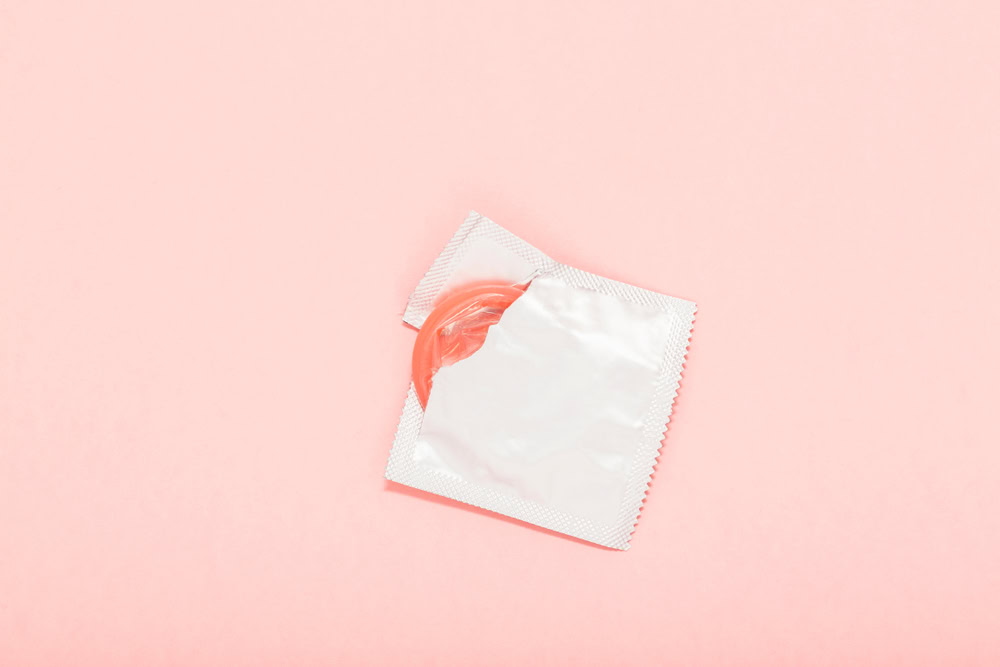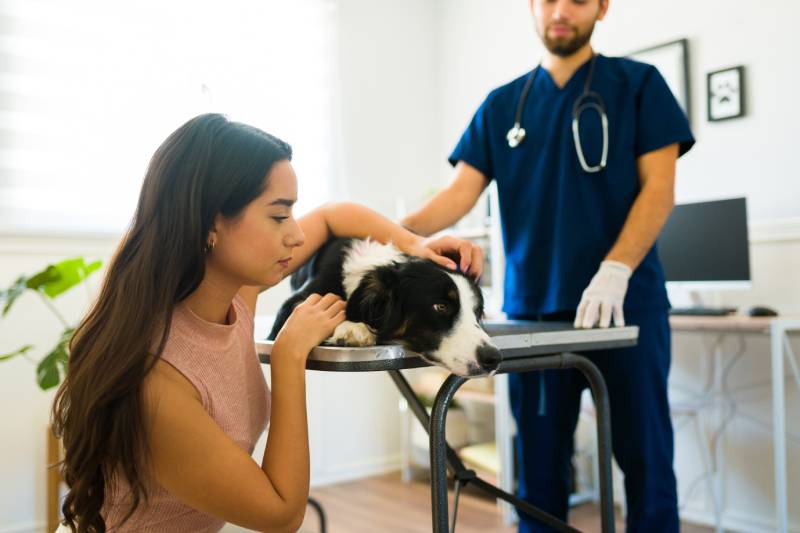VET APPROVED

The information is current and up-to-date in accordance with the latest veterinarian research.
Learn more »Click to Skip Ahead
If you’ve ever applied a spot-on flea treatment to your cat, you’ll know that they can range from a tiny amount of liquid to what seems like quite a lot, and they can have virtually no scent at all or be quite pungent. Cats will often react to the application, some quite strongly, which can make you worried about how safe they are for our cats, and how safe they are for us.
With the exception of a small percentage of cats and people that are particularly sensitive to the ingredients found in topical flea products, these chemicals are relatively harmless, unless you are a flea or tick, of course!
However, there are some precautions we should always take when applying these products to our pets, including how long we should wait to pet them after flea treatment. In most cases, you are usually safe to pet them after around 2-3 hours, once the product has dried. However, you should avoid touching the area where the product was applied for 24 – 48 hours until the product has been absorbed, and we need to be particularly careful if there are children around.
Read on to get all the information you need.

Can I Pet My Cat After Flea Treatment?
Inside every box of flea treatment there is a datasheet that will explain any potential side effects of the product, as well as how to handle it, and your pet, safely. As many different flea treatments use many different ingredients, you should always check this information carefully in case there are any specific precautions to be aware of.
By looking at some of the most popular flea treatments, including Stronghold, Advantage, and Frontline, we can see that there are some common instructions across the different brands, including:
- Avoid contact with skin, eyes, or mouth.
- Do not eat, drink, or smoke during application.
- Wash hands thoroughly with soap and water after use.
- In case of accidental ingestion, seek medical advice immediately and show the package leaflet or the label to the physician.
- If the product accidentally gets into the eyes, they should be thoroughly flushed with water.
- If skin or eye symptoms persist, or the product is accidentally swallowed, seek medical advice immediately and show the package leaflet or the label to the physician.
- The solvent may stain or damage certain materials including leather, fabrics, plastics, and finished surfaces. Allow the application site to dry before permitting contact with such materials.
- People with sensitive skin or known allergies to veterinary medicinal products of this type (alcohol, insecticides) should handle the veterinary medicinal product with caution. We recommend wearing gloves or having another person apply the product.
- After application do not stroke or groom animals until the application site is dry.
- Children cannot play with treated cats for 4 hours after treatment. It is recommended that animals be treated in the evening. On the day of treatment, treated animals should not be permitted to sleep in the same bed as their owner, especially children.
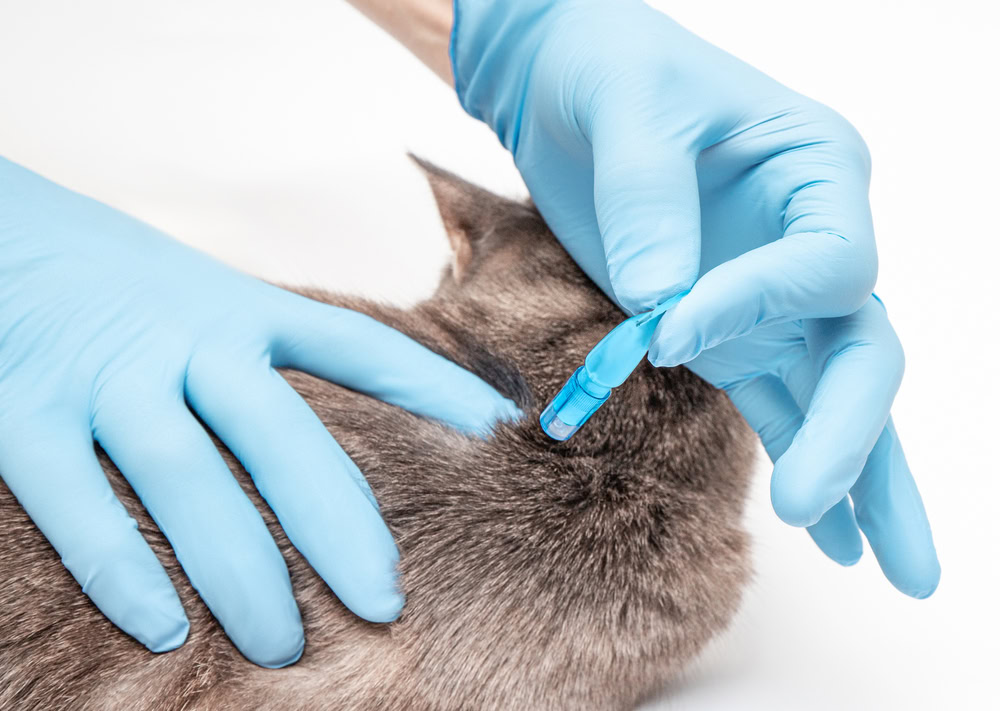
How Long Until The Flea Treatment Is Dry?
This is actually a bit of a tricky one because some products can leave a bit of an oily residue behind. As recommended above, the safest option is to apply the product at night, before bed, and to not allow the cat to sleep in any human beds overnight. If the area still feels greasy in the morning, avoid petting that particular area, and wash your hands if they do come into contact with it. Most products are dry after 2-3 hours, but will usually take 24-48 hours to be fully absorbed, and you should limit contact with children in this period as much as possible.
Are Flea Treatments Toxic?
The ingredients used in flea treatments are designed to either kill fleas or prevent them from reproducing, and these chemicals are inherently toxic, to a certain degree. However, the most common chemicals used in modern flea products are not considered to be very harmful to humans, particularly in the small doses found in the tiny pipettes. However, we should still exercise caution, particularly where children are involved.
In humans, the most common form of adverse reaction to flea products is skin or eye irritation. Children, however, are much more likely to lick their hands after touching your pet, or have even been known to lick the pet directly!
It would still be unusual for enough of the product to be ingested to cause significant illness, but there is certainly a risk of causing irritation to the eyes, nose, and mouth.
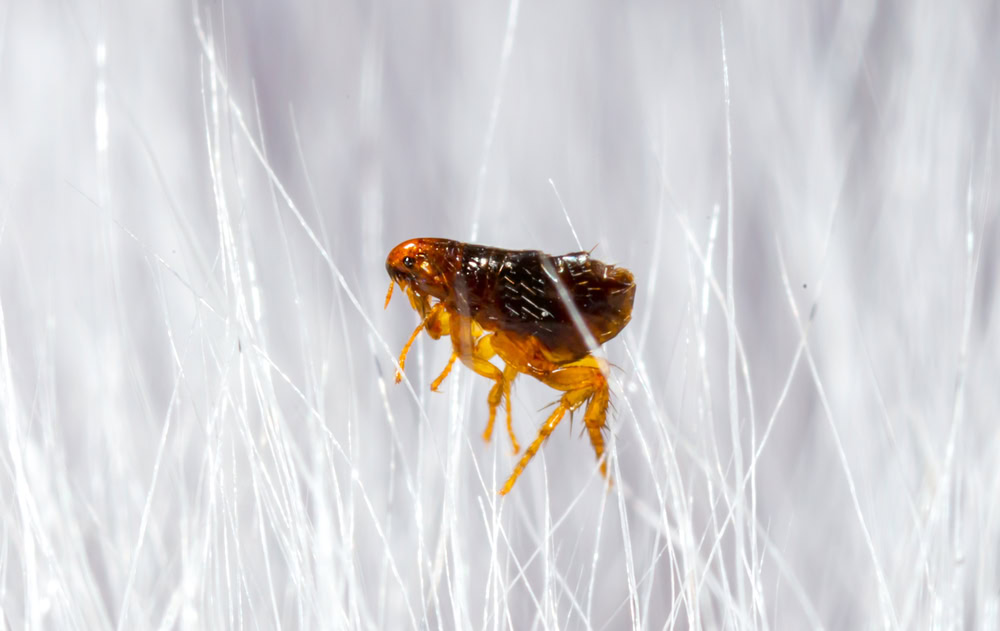
Does Flea Treatment Sting?
If your cat reacts to the application of a flea treatment like they’ve been stabbed in the neck, you might be worried that the flea treatment is painful. Although we can’t know for certain without asking them, it is far more likely that they are reacting to the cold feeling of the alcohol-based solvent on the skin. Some cats are sensitive to either the alcohol or the insecticide which may result in stinging or irritation, but this type of reaction is usually delayed by at least a few hours, if not days.
Cats will often scratch at the area where the treatment has been applied as it likely feels sticky, cold, or itchy.
What About Flea Collars?
There are only a few prescription-strength flea and tick collars that repel and kill fleas, but their effectiveness does come with some drawbacks. The datasheets for products like Seresto warn against children playing with the collar or putting it in their mouth and also recommend not allowing the cat to sleep in a bed with humans whilst wearing the collar.
Although the safety risks associated with flea collars are likely to be similar to those with spot-on products, the precautions need to be observed for the 7-8 month period that the collar is effective, not just for the 48 hours after application.
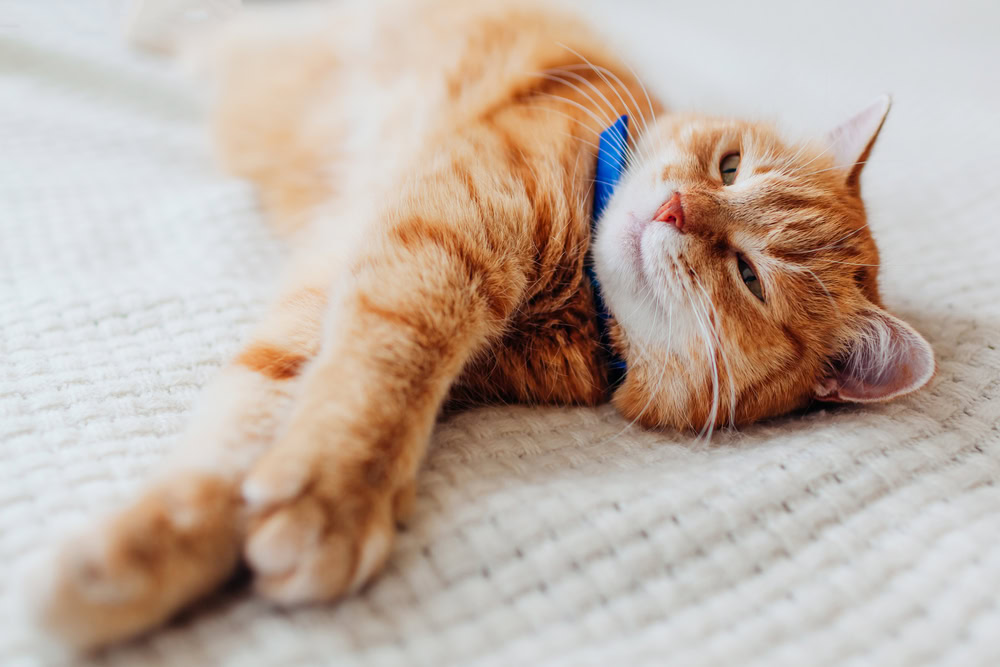
What If I Am Sensitive to Flea Products?
If you are particularly sensitive to the ingredients found in topical flea products, there are some options you might want to consider:
- Wear gloves or have someone else apply the product, and avoid handling your cat for a minimum of 48 hours
- Use a flea tablet – although this involves the fun and games of getting your cat to take a tablet, it will eliminate the risk of you coming into contact with the topical solution. We would recommend wearing gloves when handling the tablet.
What about natural flea treatments?
There are several natural remedies that can help repel and kill fleas, but without the use of a prescription-strength flea treatment, you will always be fighting back an infestation. Most natural remedies may repel fleas, and some might even kill the adult fleas on your cat, but none will eliminate all the flea life stages, meaning you will be constantly battling new generations of fleas.
However, if you do not currently have a flea problem, you may find that implementing some of these strategies will help keep these frustrating pests at bay.
Always talk to your veterinarian if you need some more information about proper flea and tick prevention or if you would be dealing with any issues with parasites.

Final Thoughts
When it comes to applying flea treatment to your cats, you are usually safe to pet them after around 2-3 hours, once the product has dried. However, you should avoid touching the area for 24 – 48 hours until the product has been absorbed.
If you have young children in the home, you should keep them away from the cat for at least 4 hours after applying a flea product; preferably overnight. If they are particularly affectionate and cuddly with your cat, you may need to separate them for 24-48 hours.
Most cat flea treatments are not particularly dangerous to humans, but for some people, they can be quite irritant. If in doubt, talk to your vet about which product they would recommend to suit your cat and household.
See Also:
- Can Cats Get Fleas in the Winter? Vet Reviewed Facts & FAQ
- Will Bleach Kill Fleas? Vet Reviewed Facts & FAQ
Featured Image Credit: AlexDonin, Shutterstock
